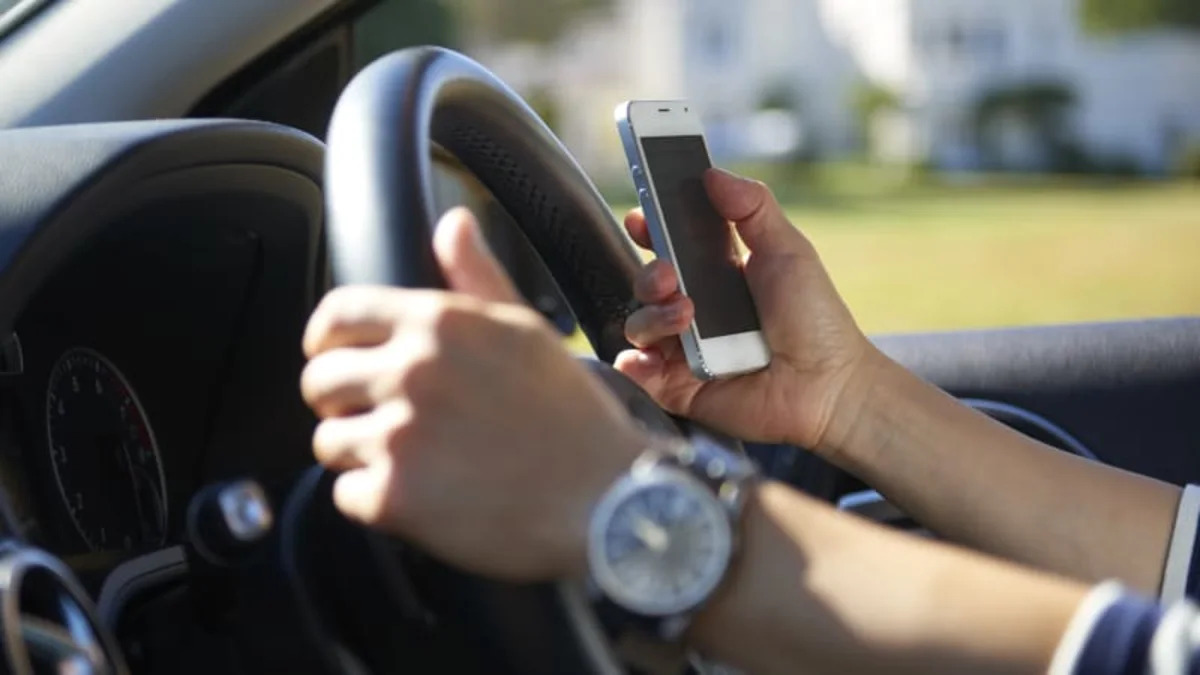It seems like a no-brainer: If a modern cellphone has a number of advanced technologies — GPS, microphones, and most essentially, G-force detection — why can't it be used to determine if the driver was distracted by using the phone to watch TikTok or send texts when he crashed the car?
It’s crucial question posed by a recent New York Times article. It’s also a question with no clear answer.
The story, “Phones Track Everything but Their Role in Car Wrecks,” makes a valiant attempt to clarify the role of distracted driving in vehicle crashes, but essentially concludes that despite legislation to curb it, “there remains no definitive database of the number of crashes or fatalities caused by cellphone distraction. Safety experts say that current estimates most likely understate a worsening problem.”
Indeed, in 2021, only 377 fatal wrecks — just under 1 percent of the total — were reported as having involved a cellphone-distracted driver, according to the National Highway Traffic Safety Administration. But that's based on what's stated in police reports. Often, according to the story, cellphone use “goes unmentioned in such reports because it typically relies on a driver to admit distraction, a witness to identify it or, in still rarer cases, the use of cellphone records or other phone forensics that definitively show distraction.”
It’s a frustrating situation, the story implies, compounded not by the available data from the phones, but by red tape and, as noted above, the resistance by vehicle operators to admit to police that they may have been distracted.
Writes reporter Matt Richtel, “Police can access cellphone records, but the process is cumbersome, and privacy laws require a subpoena. Even then, further analysis must be done to link a driver’s phone activity with the timing of a crash.” The analysis can be expensive, and authorities may often elect not to pursue that line of investigation, he writes.
Dr. David Strayer, a cognitive scientist at the University of Utah and an expert in the science of driver distraction, told the paper that “unless someone fesses up to using the phone, the police don’t consider it to be a factor.”
But the piece cites a 2022 survey by the Insurance Institute for Highway Safety. It found that about 20 percent of drivers said that they regularly scrolled social media, read email, played games, watched videos or recorded and posted them while driving.
For some years now, some phones have been equipped with accelerometers and other tracking and surveillance technology that is typically used for marketing, measuring steps and other functions, Richtel points out.
So technologically, phones are capable of connecting the time of a car crash with hints about the way the driver was using the phone at the time, Dr. Strayer said. But that avenue of investigation is mostly being overlooked.
“Your phone leaves lots of breadcrumbs, but nobody is looking at them,” Dr. Strayer told the Times.
One solution, the piece says, might involve using roadside cameras that identify drivers who are looking at their phones or “are otherwise distracted,” and this information would automatically be relayed to police officers farther up the road. “Roadside and highway cameras are already used to identify drivers who are speeding,” Richtel notes.
The full story can be accessed here. A subscription may be required.


Sign in to post
Please sign in to leave a comment.
Continue